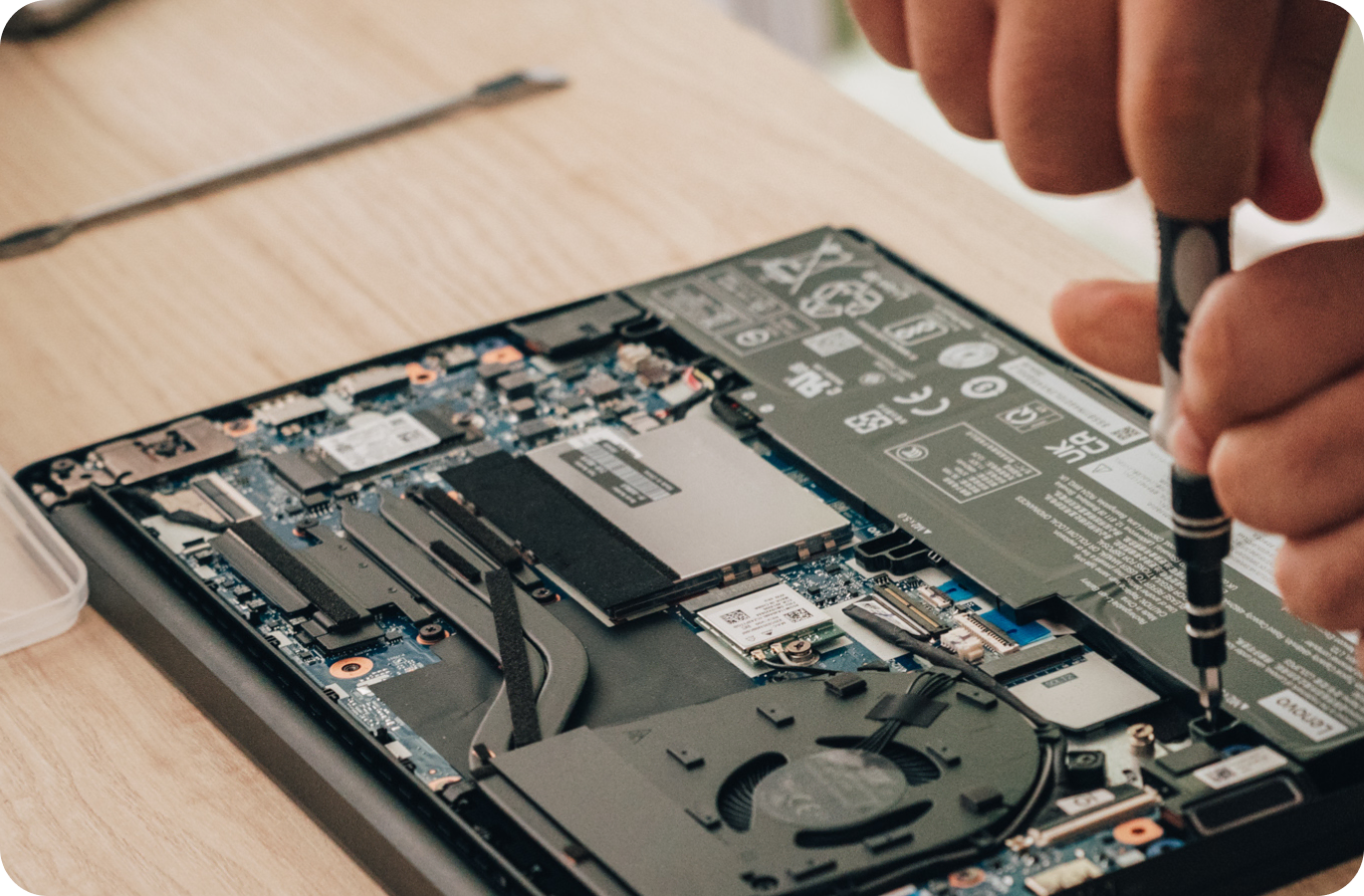Comment réduire les dépenses IT d'une PME ?

Profitez d'un support IT efficace
Découvrez notre solution tout-en-un
Les PME consacrent entre 4 et 7% de leur chiffre d'affaires au budget IT, d'après une étude Gartner. Avec une prévision de croissance des budgets IT sur les 5 prochaines années, comprendre et gérer ces coûts devient une priorité pour les PME. Voici 5 méthodes pour réduire vos coûts IT et un plan d'action pour une réduction scalable et à long terme des coûts.
Méthodes pour Réduire vos Coûts IT
1. Réalisez un Audit Complet et Analysez les Coûts Actuels
Commencez par une analyse détaillée de vos actifs et de vos dépenses IT actuelles. Cela inclut les coûts directs, comme les équipements et les logiciels, ainsi que les coûts indirects, tels que la maintenance et la formation du personnel. Cette étape vous permettra d’identifier les potentiels leviers d’économie.
2. Utilisez le Cloud Computing
Migrer vers des solutions cloud offre une flexibilité et permet de réaliser des économies sur les coûts d'infrastructure. Le cloud computing permet de payer uniquement pour les ressources utilisées et de s'adapter rapidement aux besoins de l'entreprise.
3. Rationalisez les Licences Logicielles
Selon une étude de Flexera, les entreprises dépensent en moyenne 30 % de leur budget logiciel sur des licences inutilisées ou sous-utilisées. Réaliser un inventaire régulier des licences et de leur utilisation permet d’ajuster les achats et d’éviter une surconsommation.
Faites le point sur vos dépenses en logiciel
4. Optez pour du Matériel Reconditionné
Choisir du matériel reconditionné permet aux entreprises de réduire leurs coûts d'acquisition tout en contribuant à la réduction des déchets électroniques, favorisant ainsi une approche plus durable et responsable.
Mettez en place le reconditionné chez vous
5. Analysez le ROI
Évaluer régulièrement le retour sur investissement des projets informatiques est essentiel. Cela aide non seulement à justifier les dépenses, mais aussi à planifier les futurs budgets de manière plus précise.

Plan d'Action pour une Réduction Scalable et à Long Terme des Coûts IT
1. Centralisez et Automatisez l’Information
Utilisez un outil de gestion IT centralisé pour regrouper toutes les données relatives à vos actifs IT. Une plateforme facile à prendre en main vous aidera à avoir une vue d’ensemble claire et à gérer efficacement vos ressources. Automatisez la collecte et la mise à jour des informations sur vos équipements et logiciels. Cela permet de réduire les erreurs humaines et d’optimiser la gestion du cycle de vie de vos actifs IT.
2. Créez des Processus Évolutifs
Établissez des processus standardisés et scalables pour la gestion IT, incluant l’onboarding et l’offboarding des employés. Cela garantit une gestion fluide et efficace, même en période de croissance.
3. Faites-vous Accompagner par des Experts
Pour maximiser les bénéfices de votre optimisation, faites-vous accompagner par des professionnels IT. Ils pourront vous conseiller sur les meilleures pratiques, les technologies adaptées à vos besoins et les solutions les plus économiques.
En suivant ces conseils, vous pouvez être sûr de réduire considérablement vos dépenses informatiques. L'anticipation, les processus structurés, l'accompagnement et la centralisation de l’information sont la clé pour une gestion IT efficace et économique.
.png)






.webp)